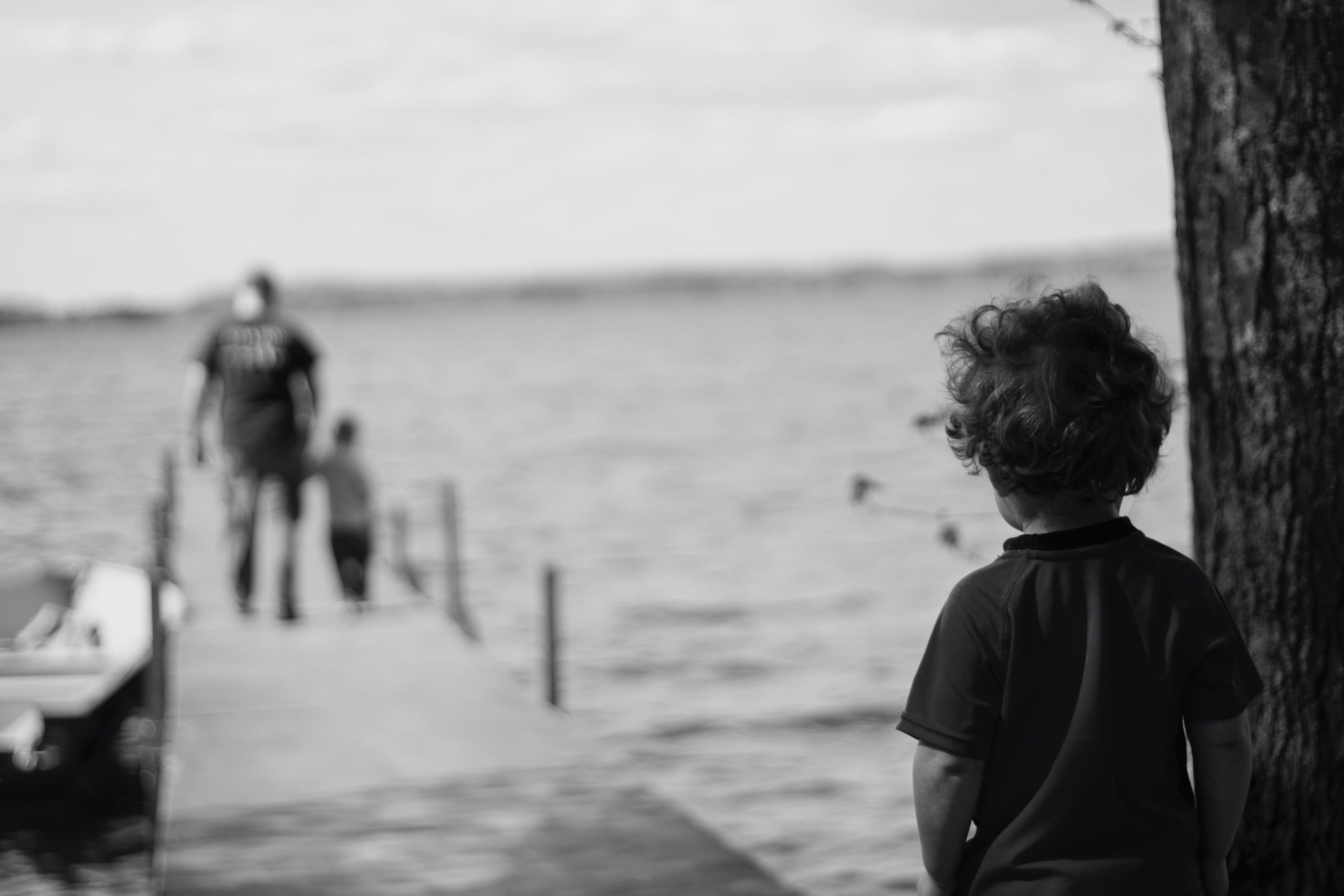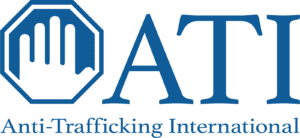
Foster Care and the Pipeline to Human Trafficking
May is National Foster Care Month, when we celebrate one of America’s most admired institutions aimed at providing support, shelter, and a caring environment for children who do not have a safe, supportive environment within their own families. Unfortunately, foster care also serves as an unintended pipeline for crimes against children. Most people don’t realize that the foster care system is one of the greatest intersections with one of the worst crimes—human trafficking. The COVID-19 pandemic has only worsened the problem of trafficking, while the border crisis has heightened the need for foster families. Now more than ever, child welfare must be reformed. According to the National Foster Youth Institute, 60% of human trafficking victims in the U.S. were involved in the foster care system at one time.
My parents were foster parents and welcomed children into our home, caring for them as though they were my siblings. I remember trips to a “half-way house” to visit the mother of a foster sibling recovering from drug addiction, and I recall stunning conversations with a pregnant teen who had lived in ten foster homes by the time she reached ours. So yes, I’ve seen the bright side of foster care families, and I applaud the thousands of capable and self-sacrificing foster care parents—we need more of them. But as an adult I have come to see a dark side of the foster care system that must be addressed.
The Dangers of Foster Care
Foster care is not always safer than the home from which kids are removed. Children are often trafficked by other foster youth, their own foster parents, or even social service caseworkers. Children placed in large group homes often face inadequate adult supervision and risk being lured by teen trafficking recruiters within the home or by traffickers outside the home promising money and sense of belonging. Sadly, it is also known that child predators desire to live and work around children. This has created the ugly reality of Child Protective Services’ (CPS) involvement with human trafficking.
I have seen this firsthand through my work here with Anti-Trafficking International (ATI). We are currently working on a case with a 29-year-old woman who was placed into foster care at the age of three. At age 10 she was impregnated with triplets (confirmed by medical records) by her foster “father.” She was then adopted by this monster, and as a teen he started trafficking her. Unfortunately, she also has many foster siblings who survived a similar nightmare and the social services system in her state never investigated and law enforcement has been unresponsive. How does this happen?
It starts with a frontline responder such as a social services caseworker or law enforcement officer turning a blind eye to the situation either intentionally, or because of poor policies and naivete. If the frontline responder doesn’t recognize human trafficking, investigate suspicious circumstances, or take action to help the victim, then the victim has almost no way of escape. Additionally, there are often no mandatory accountability measures for frontline responders such as audio or video recordings of interviews with the children and foster families, or two or more caseworkers assigned to the same case, so when a child does report abuse or trafficking their voice can be silenced because it’s dependent on the written testimony of just one person. 37.4% of children in the U.S. will be interviewed by CPS by the time they reach age 18. These interviews are generally conducted spontaneously at the child’s school by a social worker from a child protective agency who often has minimal training in interview techniques. The child’s statements are written down by the caseworker with no witnesses to ensure accuracy of reporting. Recordings ensure the integrity of the interview and encourage the interviewer to be professional and unbiased in their questioning of the child. Additionally, when children are in foster care, they are often visited by one caseworker repeatedly, which helps to build trust with a child but also means there is little opportunity for accountability that could be provided by having an additional caseworker put eyes on each case.
It Doesn’t Have To Be This Way
While larger reforms of our foster care system may be a long way off, there are short term policy changes that can make a real difference in reducing the amount of human trafficking in the foster care system. First, we need fewer kids in the foster care system. The goal should be for foster care to be rare and short. I have seen first-hand that the trauma of removal is often as devastating as the crisis that led to the removal. The more children in foster care and the longer they are in foster care, the greater the risk they are of being trafficked. The Family First Prevention Act of 2018 made great strides in addressing this by limiting the use of federal funding to provide group care and providing funding for preventative mental health and substance abuse services, but even more can be done at the state level. These homes with large numbers of children are often unsafe simply because there are too many kids to manage, and they become mini-orphanages without proper oversight. There could be limitations on the number of children in foster care homes and greater state funding could be allocated toward keeping families together through enhanced preventative care.
Second, targeted funding for enhanced training is needed for law enforcement, social service agencies, and school districts to recognize the growing epidemic of human trafficking right here in the United States. The single greatest way to stop human trafficking within foster care is through education for youth and frontline responders. These groups lack the training needed not because there is no interest, but because they lack the vital funding. Many people don’t realize that these agencies and departments often have almost no budget for training. What officers, case managers, and teachers don’t know can be harmful for youth, and this is why we need to prioritize budgets for quality training at the state level.
Finally, greater emphasis is needed on reducing the number of kids vulnerable to trafficking in the first place. This is why the core mission of ATI is prevention—that is the only way to change the statistics. We’ve trained over 5,000 law enforcement and 30,000 other professionals to spot the signs and stop human trafficking by assisting in the rescue of kids, and our school-based prevention curriculum equips over 250,000 students each year with information to safeguard themselves and their peers. But more prevention efforts are needed.
Nelson Mandela said, “There can be no keener revelation of a society’s soul than the way in which it treats its children.” Foster kids are in all our communities and schools, and together we can protect them by learning the warning signs of human trafficking and providing all-important training for those on the frontlines.

